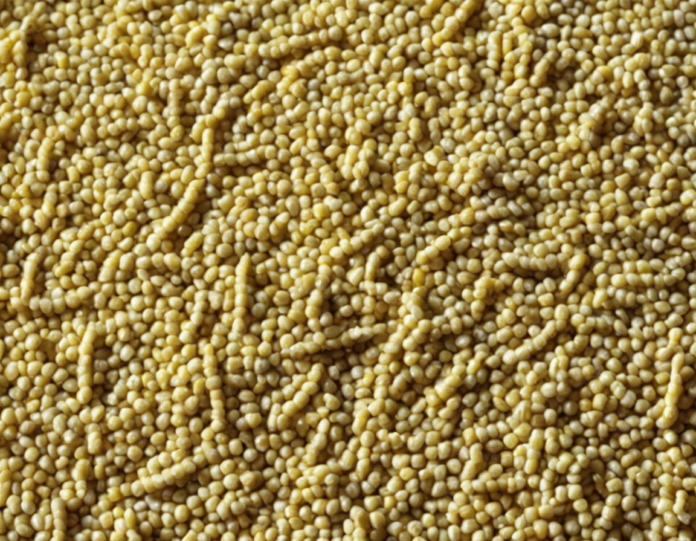Foxtail millet, known as “Kangni” in Hindi, is a type of ancient grain that has gained popularity in recent years due to its numerous health benefits. This gluten-free grain is a staple in many Indian households and is often used as a substitute for rice or wheat. In this article, we will delve into the various aspects of foxtail millet, including its nutritional value, health benefits, culinary uses, and more.
What is Foxtail Millet?
Foxtail millet, scientifically known as Setaria italica, is an annual grass plant that belongs to the Poaceae family. It is one of the oldest cultivated millet grains and has been grown in India for thousands of years. The small, yellowish seeds of foxtail millet are similar in appearance to other millet grains but have a unique taste and nutritional profile.
Nutritional Value of Foxtail Millet
Foxtail millet is a nutrient-dense grain that is rich in fiber, protein, minerals, and vitamins. It is a good source of carbohydrates and provides essential nutrients such as iron, calcium, magnesium, and potassium. Foxtail millet is also high in antioxidants and phytochemicals, which have been linked to various health benefits.
Health Benefits of Foxtail Millet
-
Gluten-Free: Foxtail millet is a suitable grain for individuals with gluten intolerance or celiac disease.
-
Controls Blood Sugar Levels: The low glycemic index of foxtail millet makes it a good choice for diabetics as it helps in regulating blood sugar levels.
-
Improves Digestion: The high fiber content of foxtail millet promotes digestive health and helps prevent constipation.
-
Weight Management: Foxtail millet is a low-calorie and nutrient-dense food that can aid in weight management.
-
Heart Health: The antioxidants present in foxtail millet help in reducing cholesterol levels and protecting heart health.
Culinary Uses of Foxtail Millet
Foxtail millet can be incorporated into a variety of dishes, including upma, porridge, kheer, khichdi, and pulao. It can also be ground into flour and used to make rotis, dosas, and pancakes. The mild, nutty flavor of foxtail millet makes it a versatile grain that can be used in both savory and sweet recipes.
How to Cook Foxtail Millet
Cooking foxtail millet is simple and similar to cooking rice. Here’s a basic method to cook foxtail millet:
- Rinse the millet under running water to remove any impurities.
- Soak the millet for 15-20 minutes to reduce cooking time.
- Use a 1:2 ratio of millet to water and cook in a saucepan over low heat.
- Let it simmer for 15-20 minutes until the millet is tender and water is absorbed.
- Fluff the millet with a fork and let it rest for a few minutes before serving.
Frequently Asked Questions (FAQs)
Q: Is foxtail millet good for weight loss?
A: Yes, foxtail millet is a low-calorie and fiber-rich grain that can aid in weight loss by promoting satiety and reducing calorie intake.
Q: Can foxtail millet be consumed by individuals with gluten intolerance?
A: Yes, foxtail millet is gluten-free and is safe for consumption by individuals with gluten intolerance or celiac disease.
Q: How does foxtail millet compare to other millet varieties nutritionally?
A: Foxtail millet is comparable to other millet varieties in terms of nutritional content, but each variety may have slightly different profiles.
Q: What is the shelf life of foxtail millet?
A: Foxtail millet can be stored in an airtight container in a cool, dry place for up to 6 months. For longer storage, it can be kept in the refrigerator or freezer.
Q: Can foxtail millet be used as baby food?
A: Yes, foxtail millet can be used to make homemade baby food as it is easy to digest and rich in essential nutrients for growing children.
In conclusion, foxtail millet is a versatile and nutritious grain that offers a wide range of health benefits. Whether you’re looking to diversify your diet, manage your weight, or improve your overall health, incorporating foxtail millet into your meals can be a great choice. Experiment with different recipes and enjoy the goodness of this ancient grain in your daily cooking.









